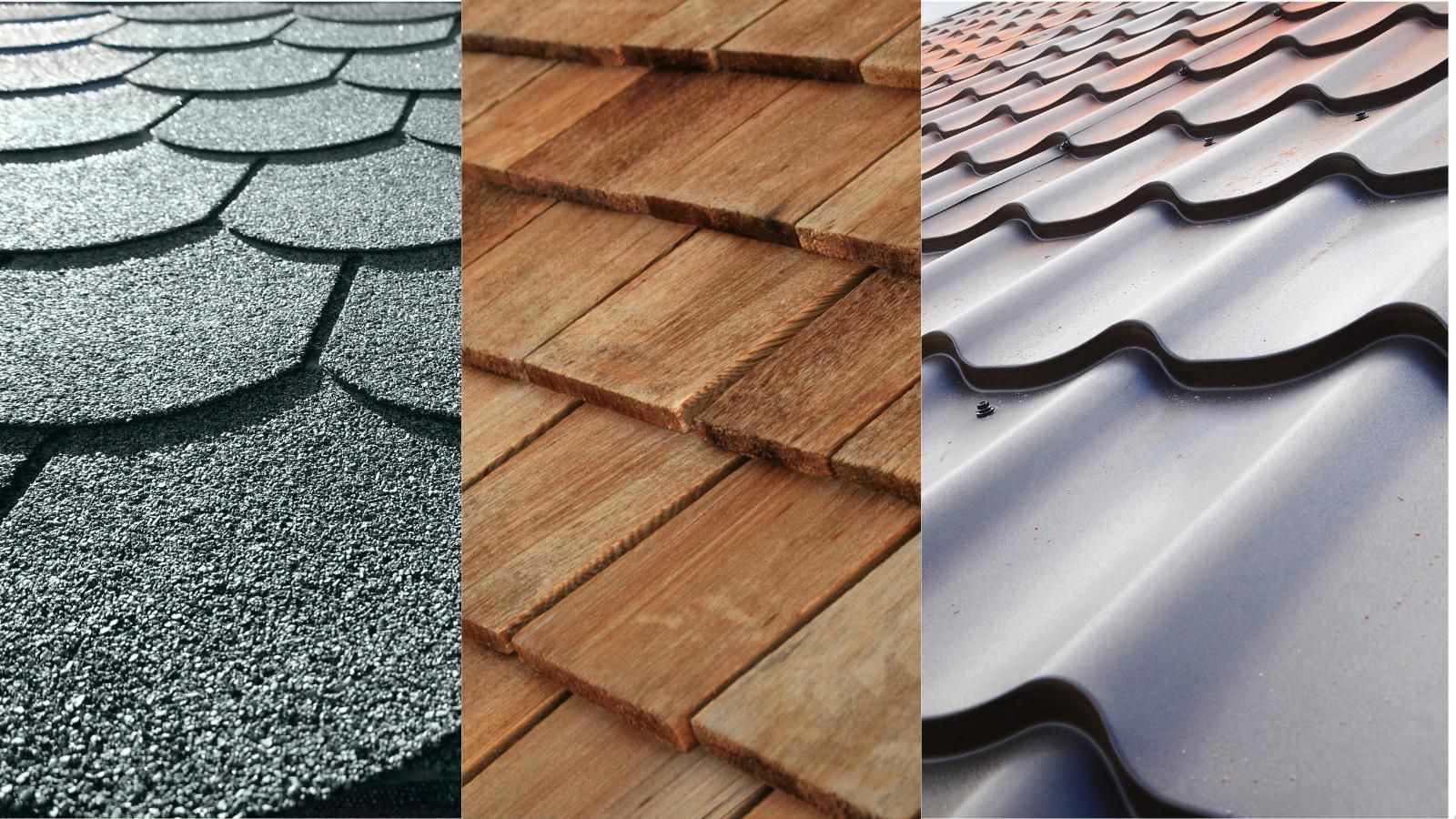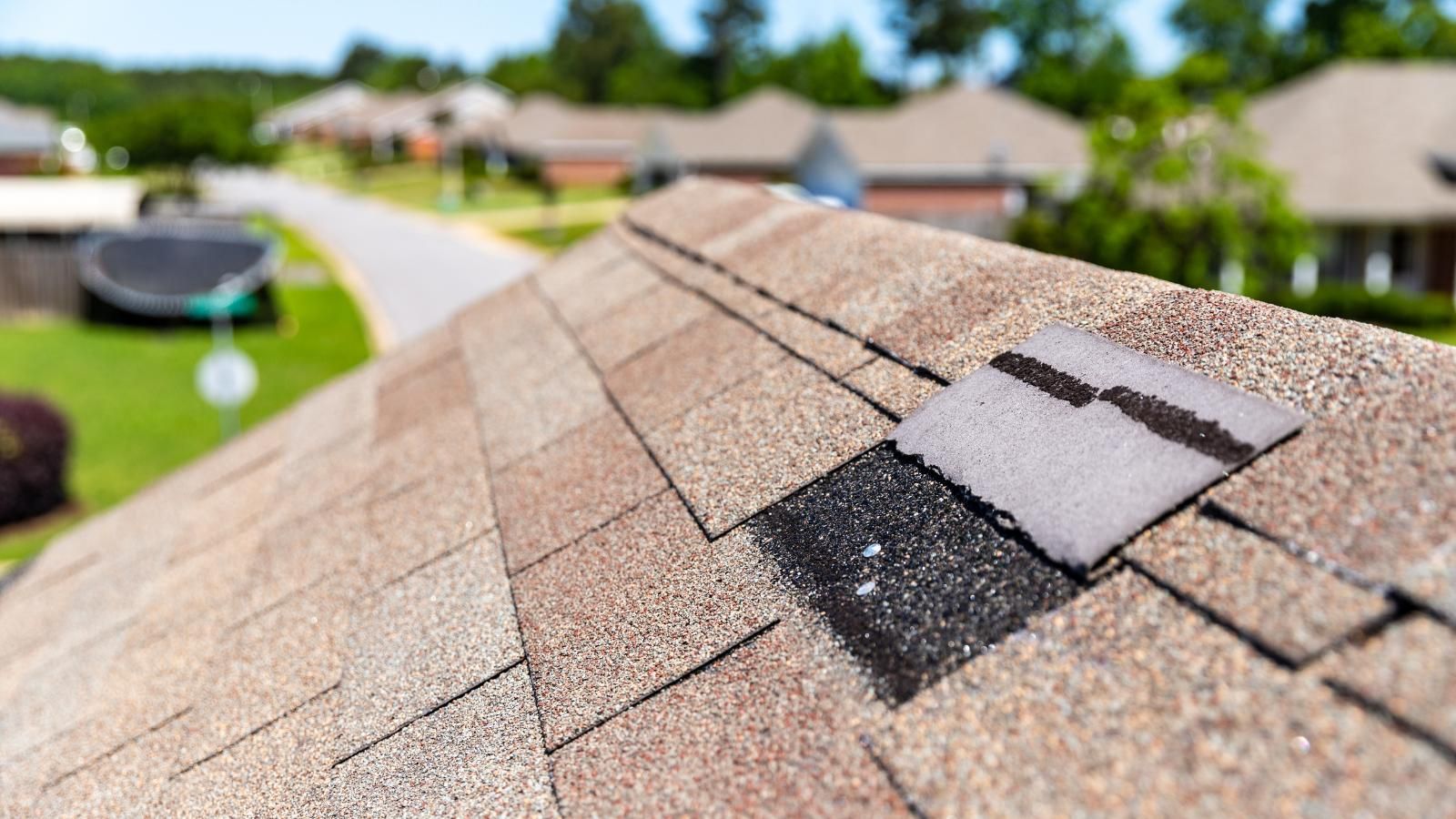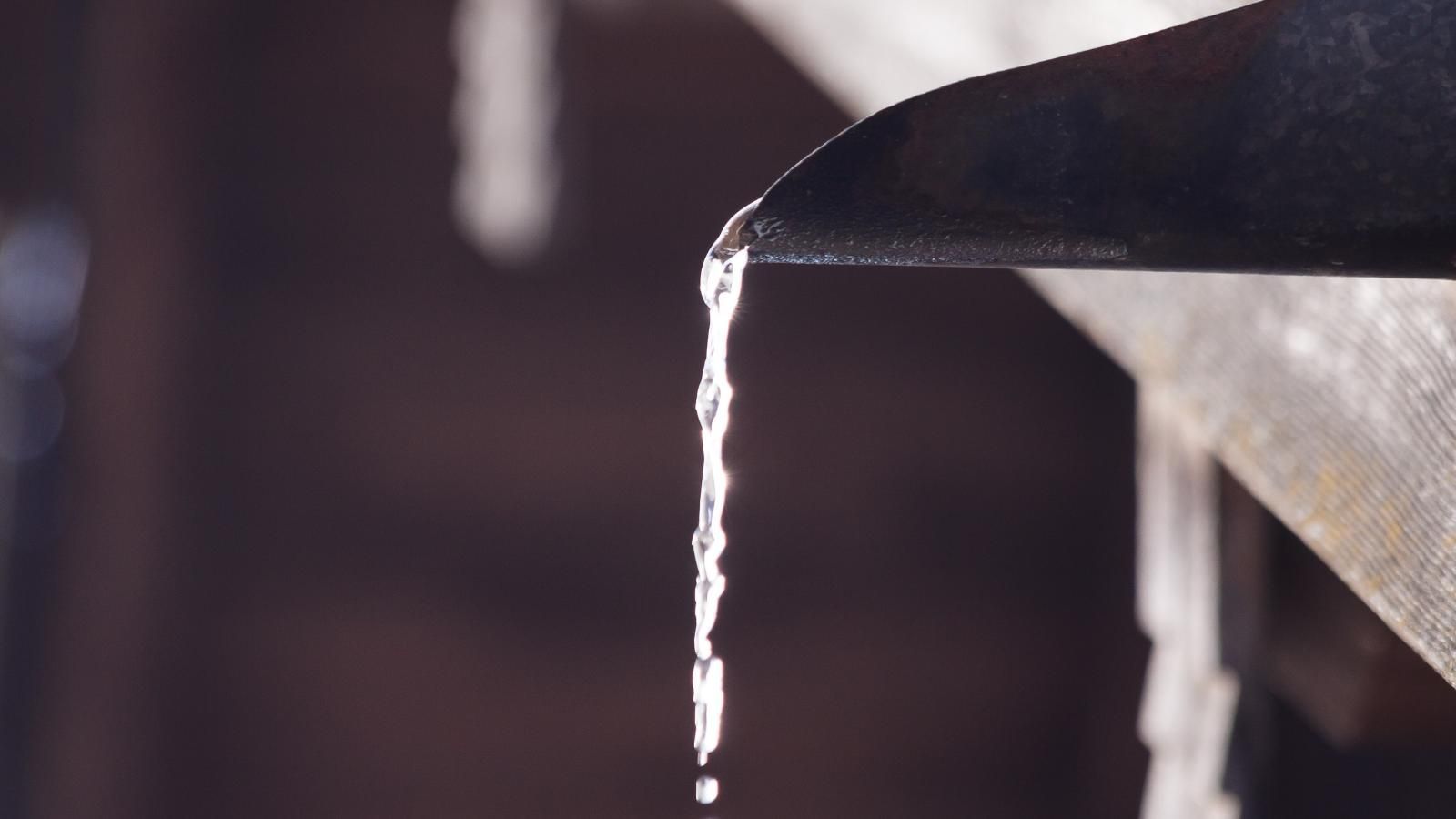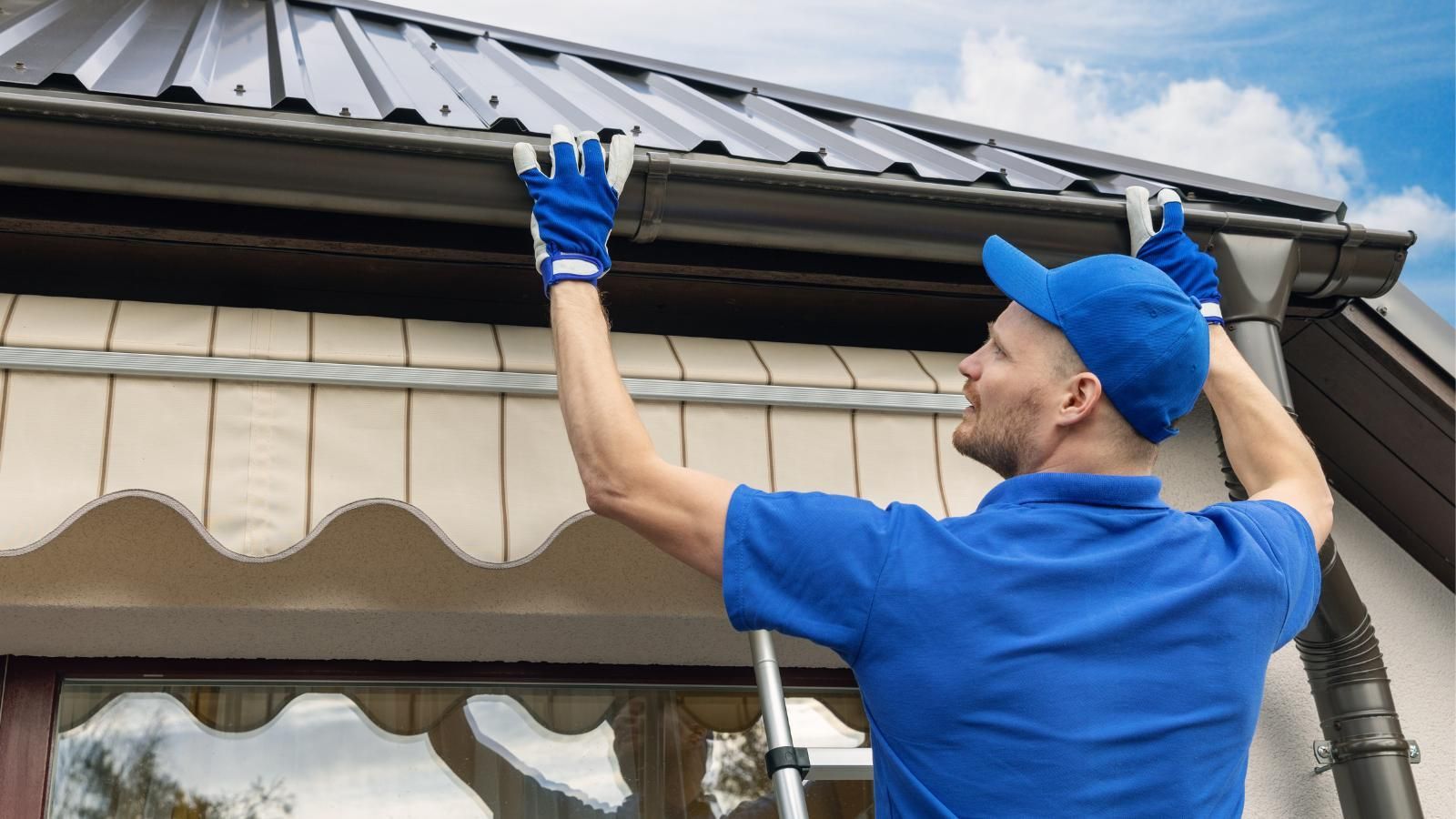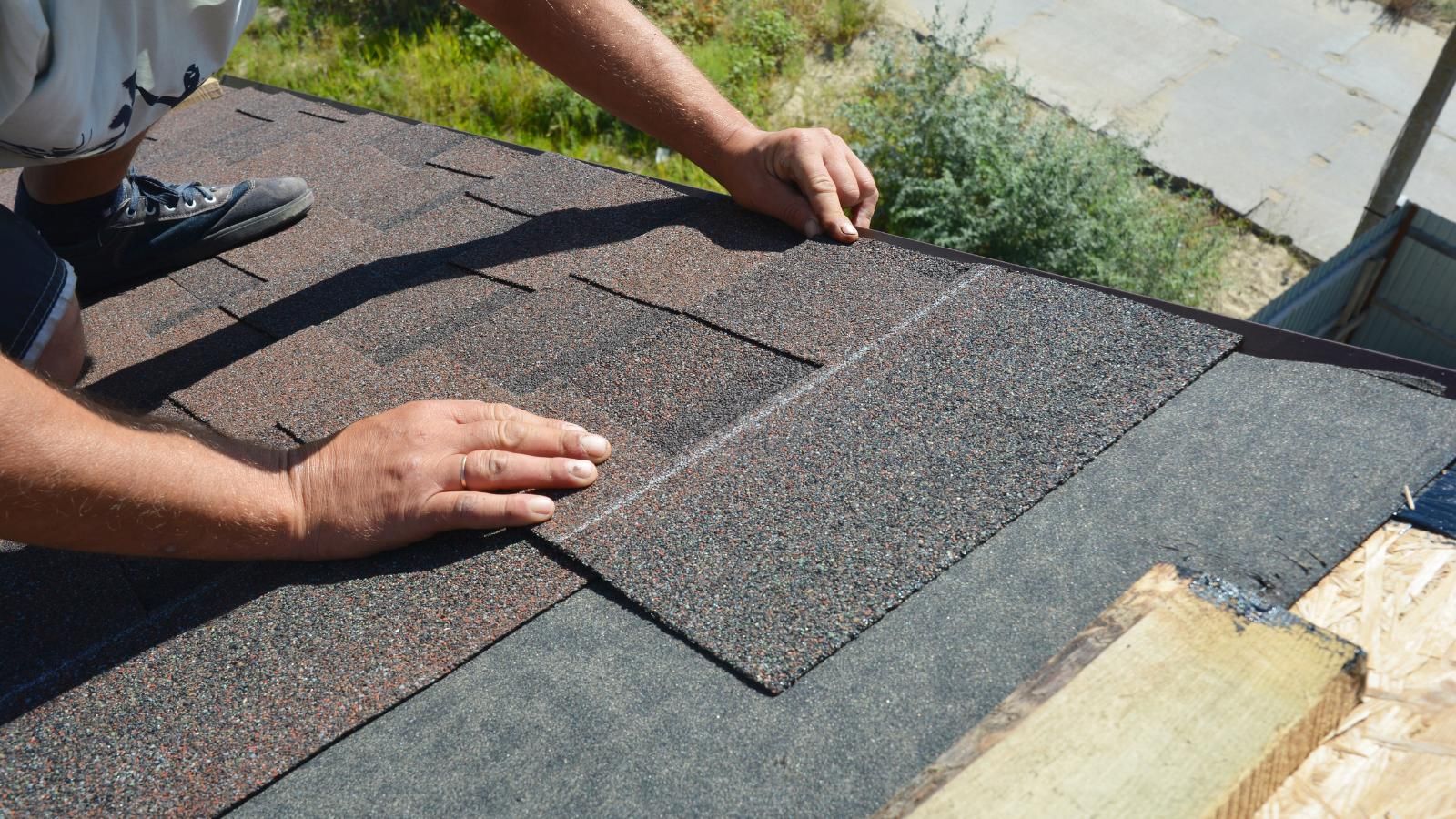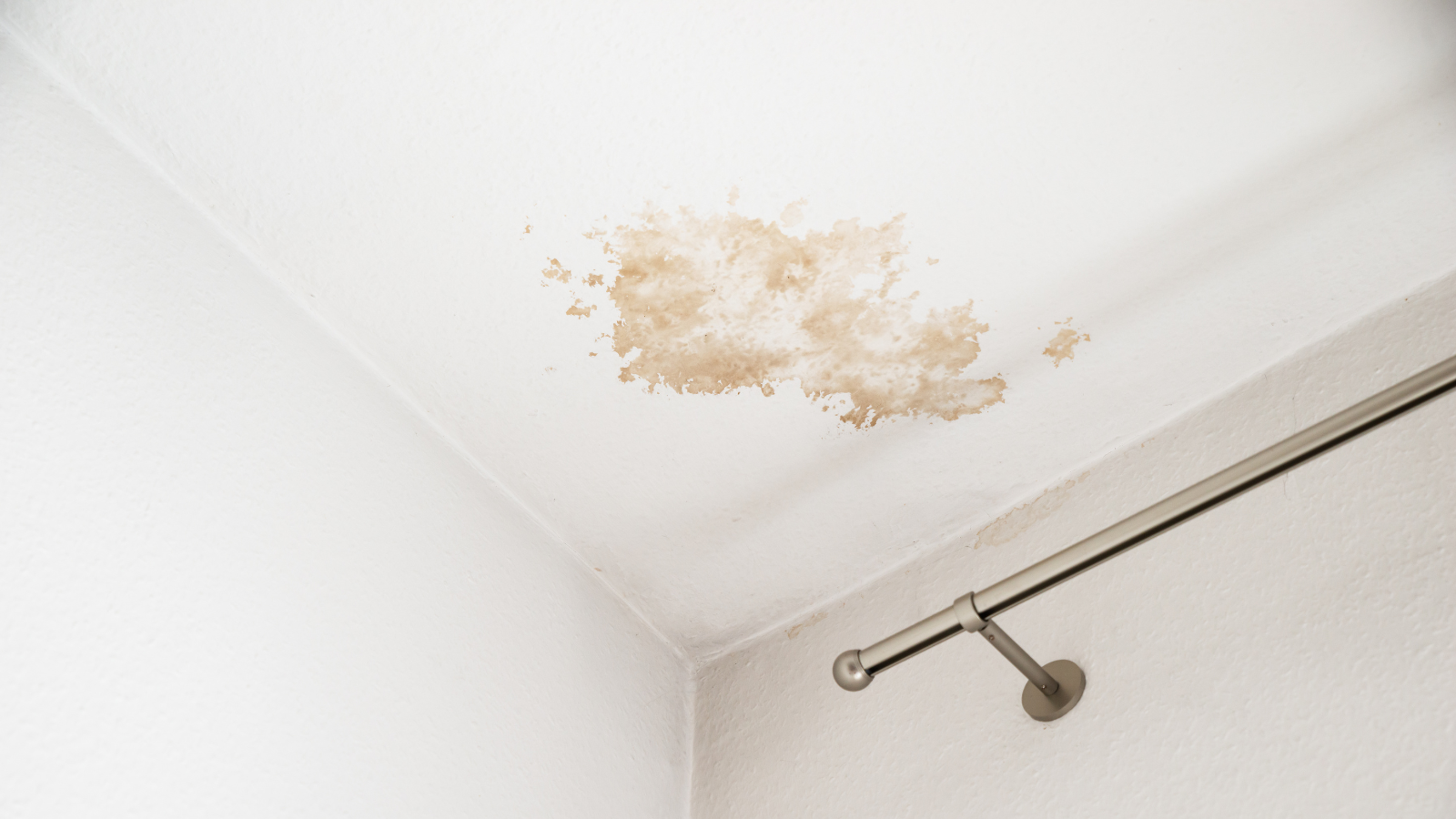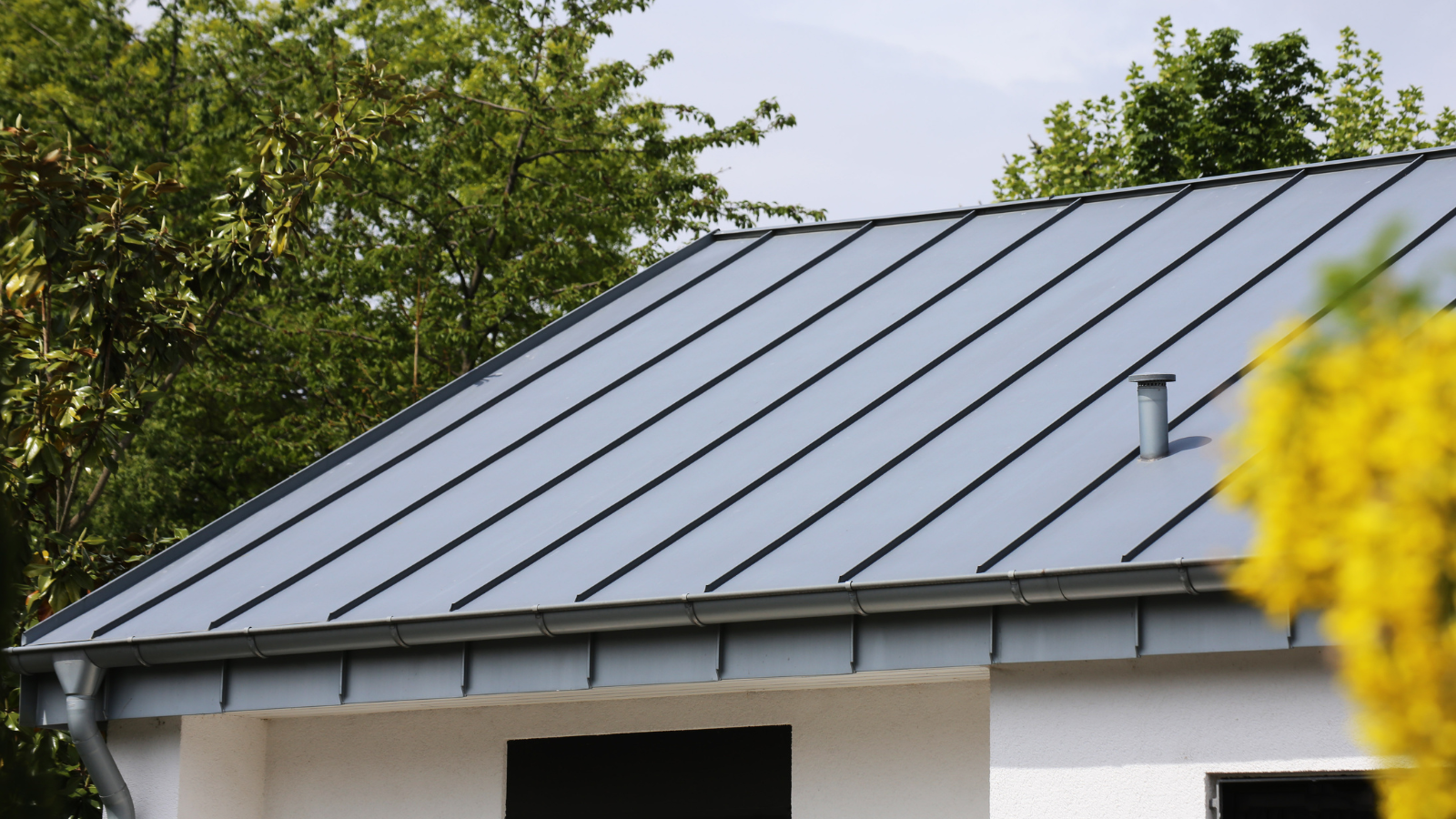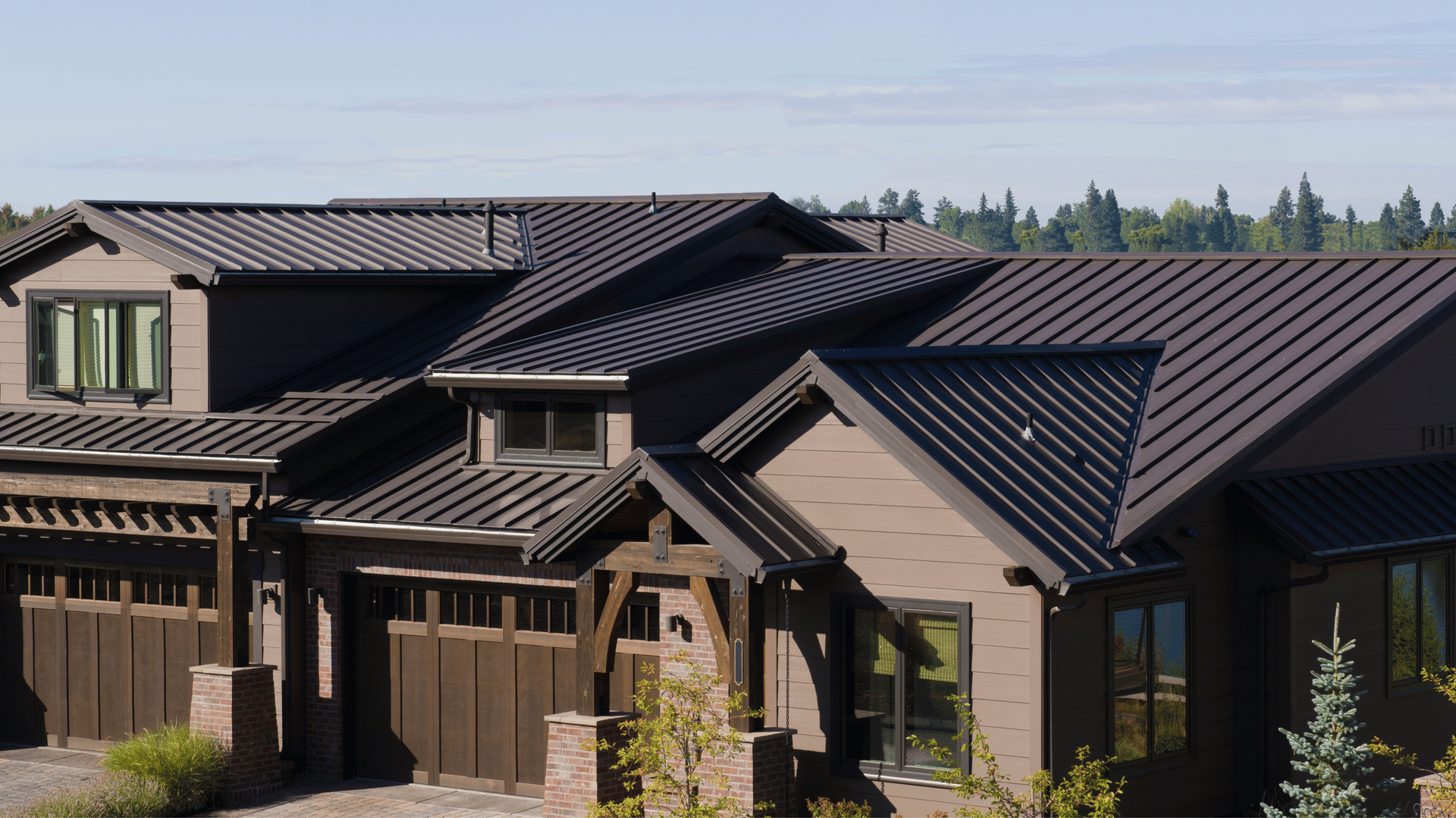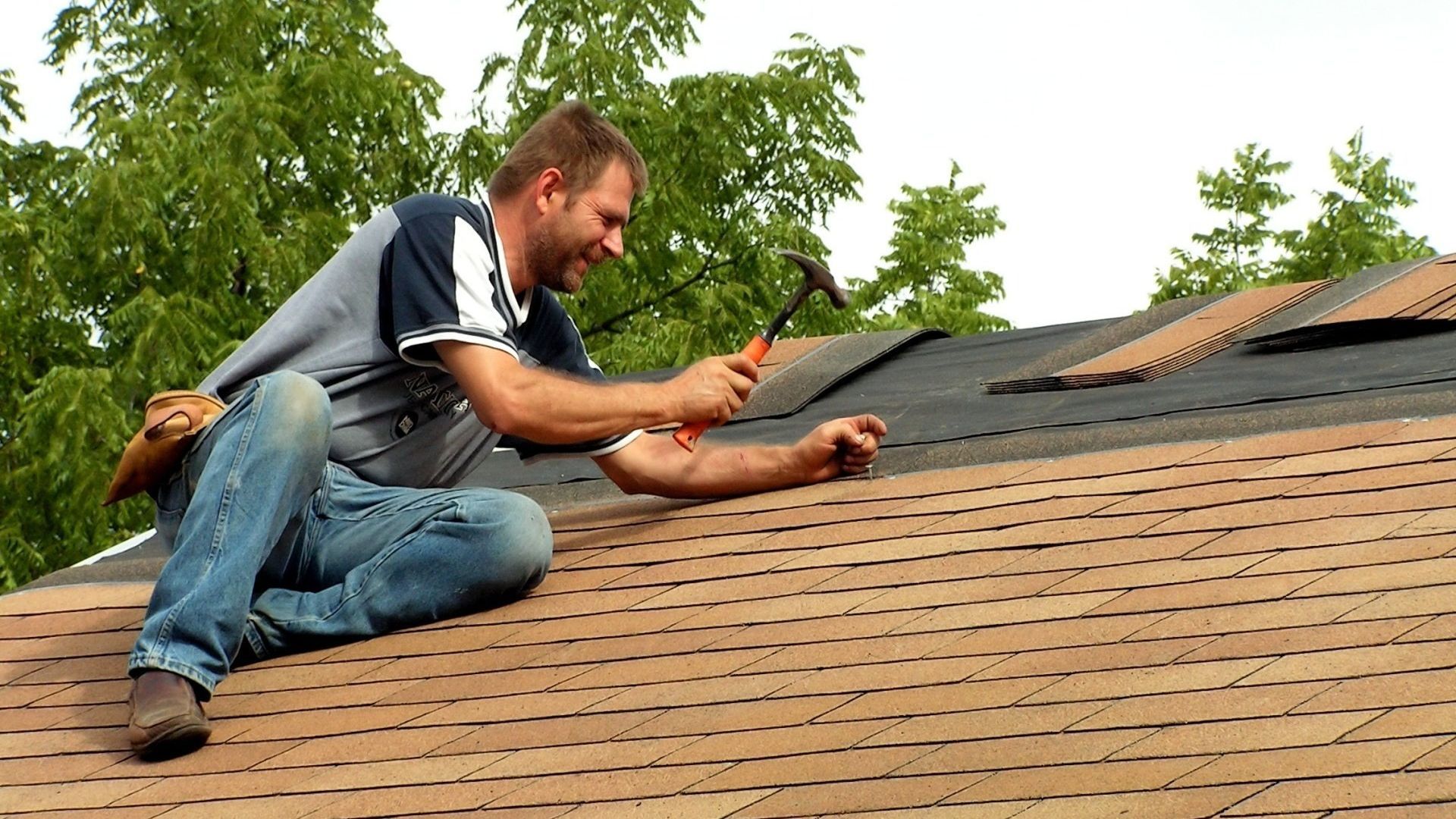When to Replace Siding: Key Signs to Watch For
Siding is a critical exterior remodeling component that protects your home’s curb appeal and structural integrity. Well-maintained siding protects your home from weather-related elements. Prudent homeowners will inspect their home’s siding, clean it yearly, and resolve minor issues like cracks or warping before they escalate. Here, we’ll discuss when repairs will suffice and when siding should be replaced so you can confidently care for your home’s exterior.
This post will uncover:
Should You Repair or Replace Your Home Siding?
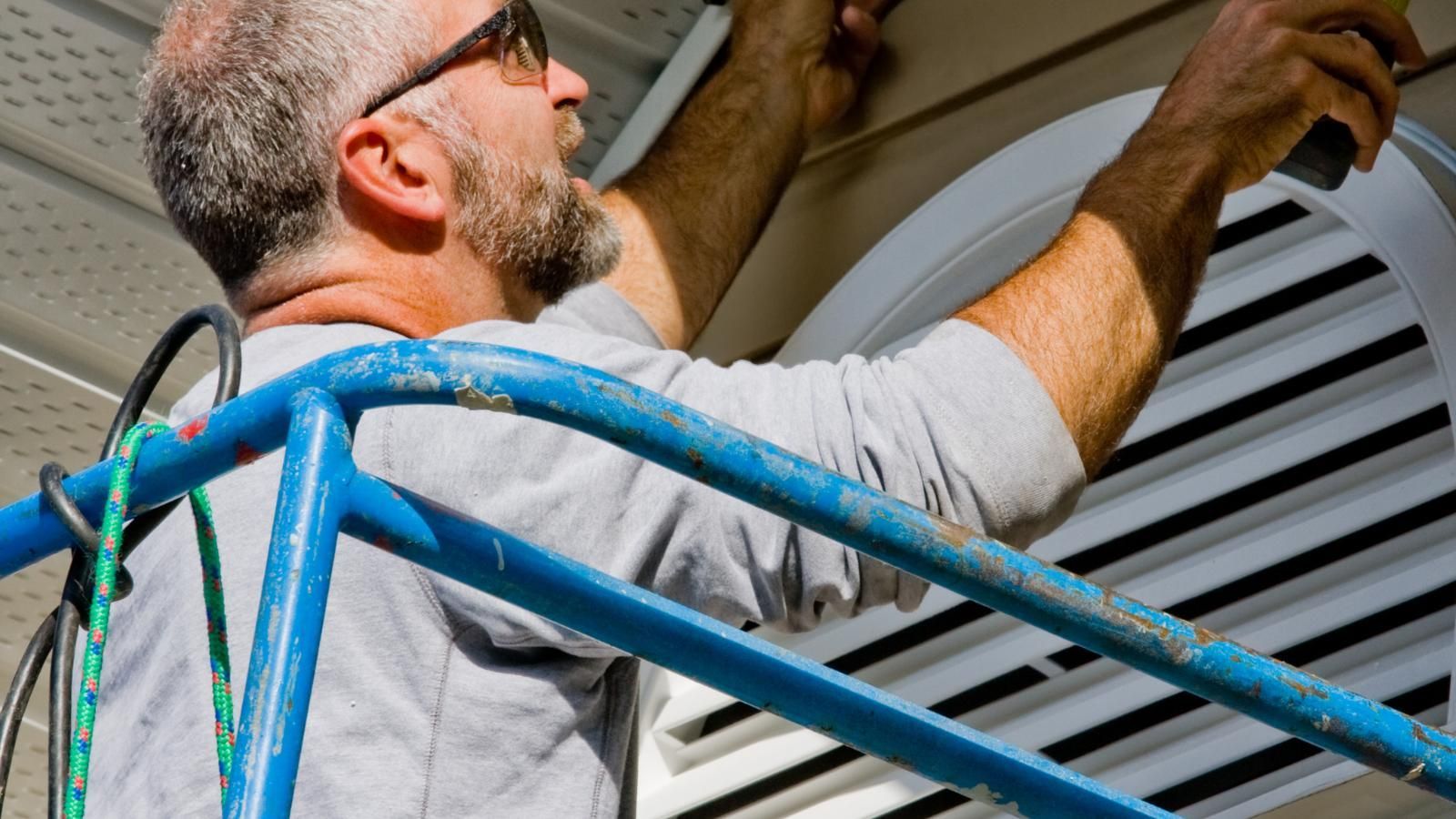
Replacing siding on a house boils down to three considerations:
the extent of the damage, your budget, and the long-term value for your home. Localized damage like cracked panels or minor warping can be successfully repaired. A full replacement may be necessary if the damage is extensive, outdated, or causing energy loss. New siding will improve curb appeal, enhance insulation, reduce future repairs, and increase your property value. Contrasting repair costs with the projected lifespan and performance of new siding will help you make the best decision for your home.
Visible Signs of Siding Damage
Consider replacing house siding when you see widespread signs of wear and tear. Look for cracks, warping, or gaps that allow moisture to leak between the panels. Loose or missing pieces are unattractive and do not protect your home’s structure against weather-related assaults. Fading color, peeling paint, and the need for frequent repairs are clear signs your siding is not functioning as it should. Homeowners should address these warning signs before structural damage causes costly future home repairs.
Structural and Energy Efficiency Issues
Non-visual signs of siding issues can be discovered in higher energy bills. Poorly sealed or damaged siding allows drafts to enter, causing your HVAC system to work harder. When water can leak behind your siding, you will have a more serious situation. Moisture behind siding leads to interior wall damage like rot, mold, or mildew that can weaken your home’s structure and cause health concerns. Depending upon the extent of the damage, replacing house siding may be the most cost-effective option as it protects the structure of your home and reduces energy bills.
How Weather and Climate Impact Siding Lifespan
Local climate conditions will affect how often house siding needs to be replaced. Hailstorms, heavy rain, and prolonged intense heat will eventually take their toll on your siding. High humidity and drastic temperature swings will expand and contract siding materials, causing premature wear. Homeowners in these areas should be advised on which siding materials to use, as fiber cement siding can withstand moisture and heat, and vinyl siding is better suited to moderate climates.
General Lifespan of Popular Siding Materials
Here’s a quick review of the average lifespans of commonly used siding materials:
- Vinyl Siding: 20-40 Years
- Fiber Cement Siding: 30-50 years
- Wood Siding: 20-40 years
- Aluminum Siding: 30-50 years
- Engineered Wood Siding: 20-30 years
- Stucco: 50-80 years
- Stone Veneer: 50+ years
The above information will help you make the best decision when replacing home siding. Professional advice from your provider is also recommended.
Is It Time to Replace Your Siding?
Cracks, warping, peeling paint, and higher energy bills are signs to look for when wondering if your siding needs to be replaced. Staying ahead of minor repairs and knowing when a full replacement is necessary will save you thousands and protect your home’s value. Our Midwestern households are exposed to a mix of heat, humidity, and seasonal storms, so now’s the perfect time to inspect your siding for visible wear.
Those of you in the neighborhoods of Little Blue Valley, Gregory Heights, Laurel Heights, Southwood, Woodson Estates, or Sterling Acres in Raytown, MO, have a reliable pro to ask for honest advice tailored to your home and climate at
Preferred Roofing and Seamless Guttering.




